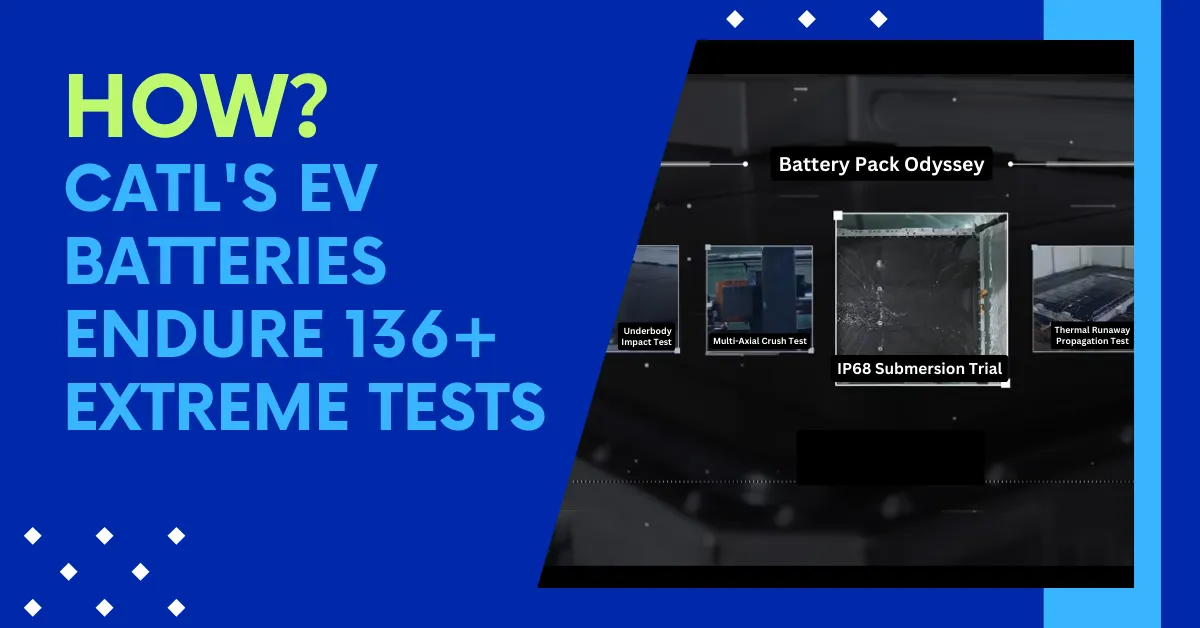Phone:
(701)814-6992
Physical address:
6296 Donnelly Plaza
Ratkeville, Bahamas.

How CATL Builds an “Ironclad Fortress” for EV Batteries: Inside the Extreme Safety Tests Behind 16-Year Lifespan.
While EV shoppers obsess over range and charging speeds, one statistic reveals the industry’s true engineering frontier: Every CATL battery survives 136 performance trials + 75 reliability challenges + 78 doomsday scenario tests before mass production. This isn’t quality control—it’s a safety marathon blending materials science with engineering artistry.
Early industry practices like the “nail penetration test” (simulating internal short circuits) were like testing fireproof suits with matches—real-world hazards demand multi-layered defenses. CATL engineers built a 3D safety validation matrix:
“True safety isn’t about passing a checklist—it’s about eliminating every failure pathway,” explains a lead safety engineer at CATL’s Qinghai testing grounds.
Inside CATL’s collision lab, we witnessed engineering theater:
This fortress-like design maintains IP68-rated waterproofing even after 48-hour submersion in 10-meter-deep water.
To conquer the ultimate nemesis—thermal runaway—CATL deploys three counterstrikes:
In live tests, neighboring cells stayed below 95°C safety thresholds even during single-cell thermal events.
When a German luxury automaker demanded “16-year battery life,” CATL responded with:
Such deep collaboration earned their systems Volkswagen’s “TÜV Double Durability Certification” and made CATL the first Asian supplier to conquer North America’s brutal UL2580 standard.
At CATL’s digital nerve center, every battery has a “vital signs monitor”:
✅ 200+ real-time parameters tracked with 48-hour anomaly alerts
✅ Self-healing electrodes reducing cycle degradation by 40%
✅ Flexible expansion joints adapting to lithium dendrite growth
“These aren’t inert power packs—they’re intelligent organisms,” says the CTO, pointing to cloud dashboards tracking 300,000 global EV batteries.
While rivals debate testing quotas, CATL operates the planet’s harshest battery proving grounds—from Qinghai’s high-altitude labs to Mohe’s Arctic cold chambers. As their safety manifesto declares: “We protect not just energy storage, but every family’s trust in clean mobility.”